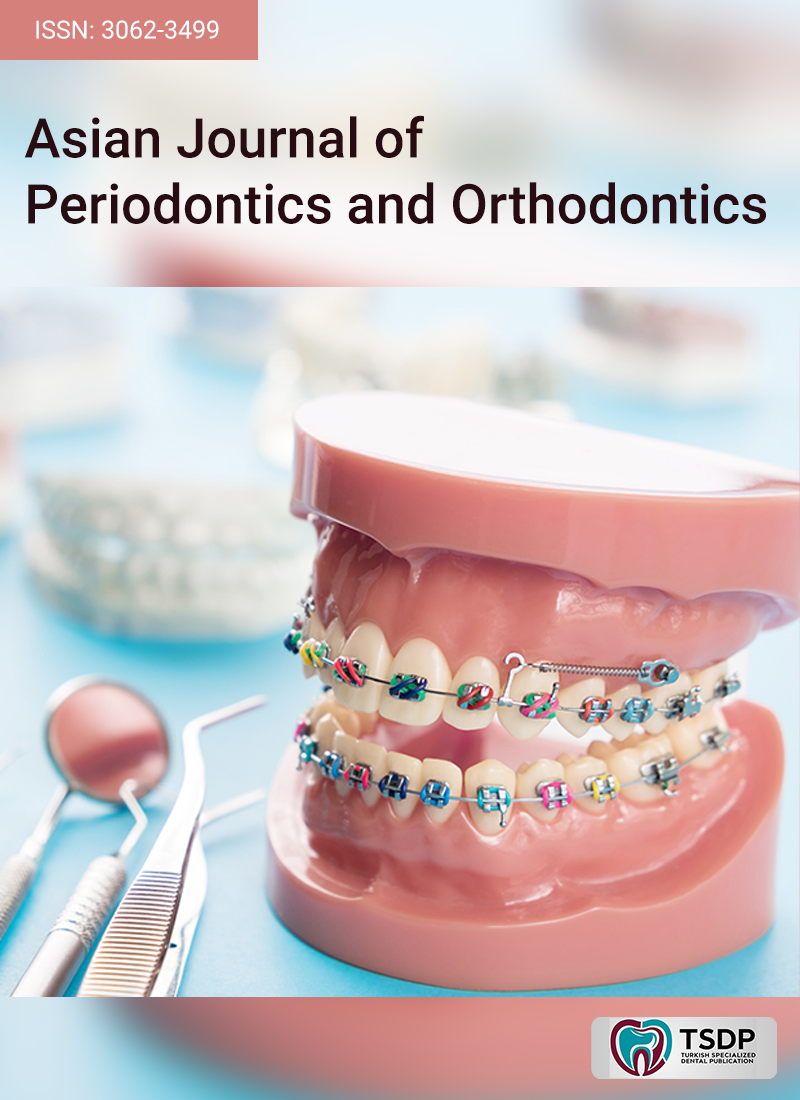
This preliminary randomized clinical trial, designed with two parallel arms, sought to evaluate both the efficiency of tooth movement and patient-reported comfort during alignment and leveling when using the BRIUS™ lingual appliance (BR) compared with conventional labial full fixed appliances (LFFAs). Individuals in permanent dentition presenting with mild to moderate crowding were recruited from the University at Buffalo. Participants were randomly allocated to either the BR group (n = 7) or the LFFA group (n = 6). Intraoral scans were obtained at baseline (T1) and again after 18 weeks (T2). Digital superimpositions of dental models were performed to quantify three-dimensional tooth displacements along the x, y, and z axes. Little’s Irregularity Index (LII) was calculated at both time points. To capture patient comfort, participants completed daily electronic surveys during the first 7 days after bonding. At 18 weeks, both groups showed comparable tooth movements, except for the lower left second premolar (LL5), which exhibited significantly greater displacement along the x-axis in the BR group (p = 0.016). Reductions in LII were similar between groups. Discomfort profiles differed: patients with BR reported higher tongue irritation in the first days, whereas those with LFFAs experienced greater lip and cheek irritation. Tongue-related discomfort with BR subsided within approximately 3 days. Both systems were equally effective in achieving initial leveling and alignment. However, the source of discomfort differed, with lingual appliances impacting the tongue and labial appliances affecting lips and cheeks. Larger-scale studies with extended follow-up are recommended to validate these findings.